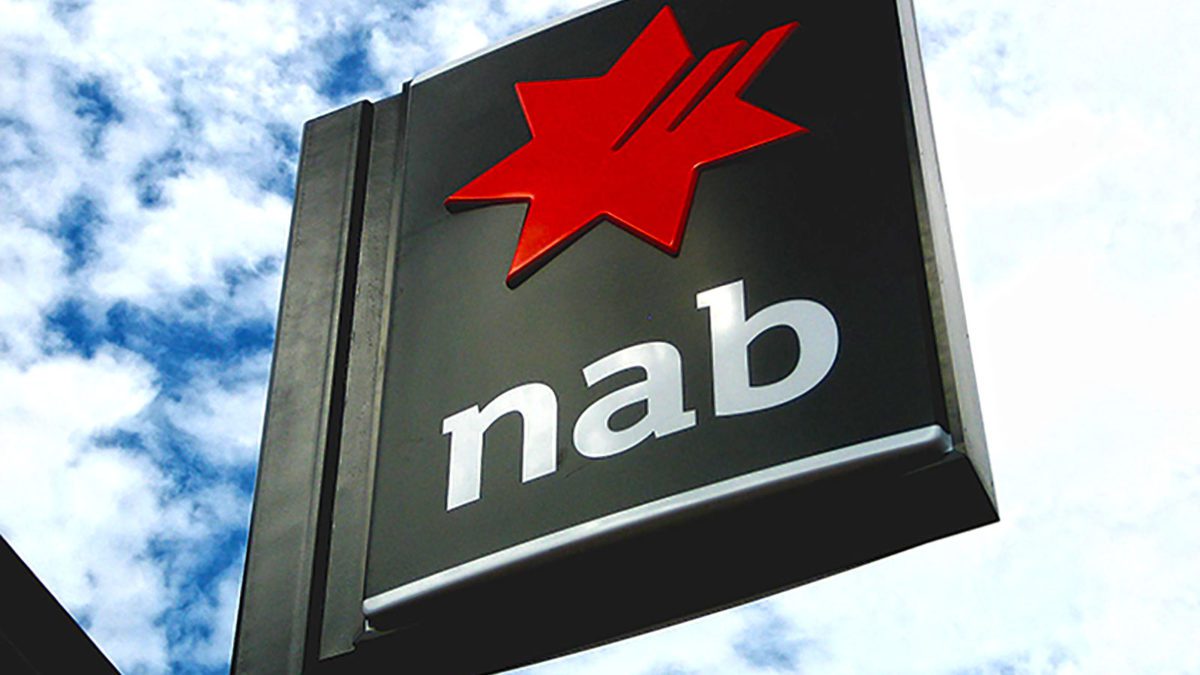NABHA redemption offers case study on hybrid market
The announcement this week that National Australia Bank (ASX: NAB) will redeem (repurchase) all National Income Securities (ASX: NABHA) on issue has been a long time coming. Issued in 1999, the perpetual or never-ending preference share raised around $2 billion to assist the bank in meeting its ongoing capital requirements. After trading as low as $65 per security this year (and on various occasions during the last 20 years), the investment has offered attractive returns for patient investors.
Yet the sector remains misunderstood, garnering headlines due to perceived higher risk levels and the complexity of the underlying contracts. To understand the role and risk profile of a preference share, one needs to understand the capital structure of a traditional bank. These institutions are authorised and regulated by Government entities to use the capital of depositors to make loans to borrowers in an effort to grow the economy. Regulators require every bank to have a certain amount of capital to support these loans and negate the risk of mass withdrawals.
The capital structure is split broadly into debt and equity. Debt has the benefit of offering legislated and contracted interest payments and is generally secured by certain assets, but with little if any capital upside. Equity, on the other hand, pays dividends at the discretion of the board which can cut these at any time, and investors have no security for their investment. Equity can therefore be left worthless if the bank fails. Hybrids straddle both debt and equity, offering consistent but not guaranteed income payments, and some limited security in the form of their convertibility into equity.
One of the most misunderstood aspects of investing in hybrids is why their valuations change on a daily basis. NABHA is a case in point: why would a bond that is now to be repaid at its issue value of $100 have traded below $70 on multiple occasions throughout its life? There are of course a number of reasons for this phenomenon, which begin with movements in prevailing or market interest rates.
In the case of NABHA, the security is issued with a coupon or interest payment equal to just 1.25% over the bank bill swap rate (BBSW). This makes it a floating-rate security, with each interest payment recalculated every quarter. The primary reason why NABHA has traded at a discount to its $100 value is due to more recent hybrid issues by NAB offering interest of around 4.0% to 4.5% above the same bank bill swap rate. If, say, both NABHA and NABPF (which pays 4.0%) were trading at $100 per share, the income on NABPF would be around four times higher than NABHA. Clearly, no investor would therefore buy the lower-yielding security at the same price, sending the price lower over time.
This issue is further evidenced when new hybrid issues come to market, priced at different levels to those already on offer. The pricing of these securities is a function of a number of factors, including the prevailing environment for capital raisings, the perceived risk profile of the bank along with the term to maturity of the instrument. As we have seen in recent years, the entry of a new hybrid can actually send the entire sector down as they are ‘repriced’ to account for the higher or lower yield on offer from the latest issue. It is this supply and demand balance that means hybrids can trade at both premiums, some as high as $104, and discounts to their par value at the same time; relative value.
While somewhat of a simplification, the NABHA experience offers a unique insight into the operations of the market and the important role that hybrids play in traditional bank capital structures.









